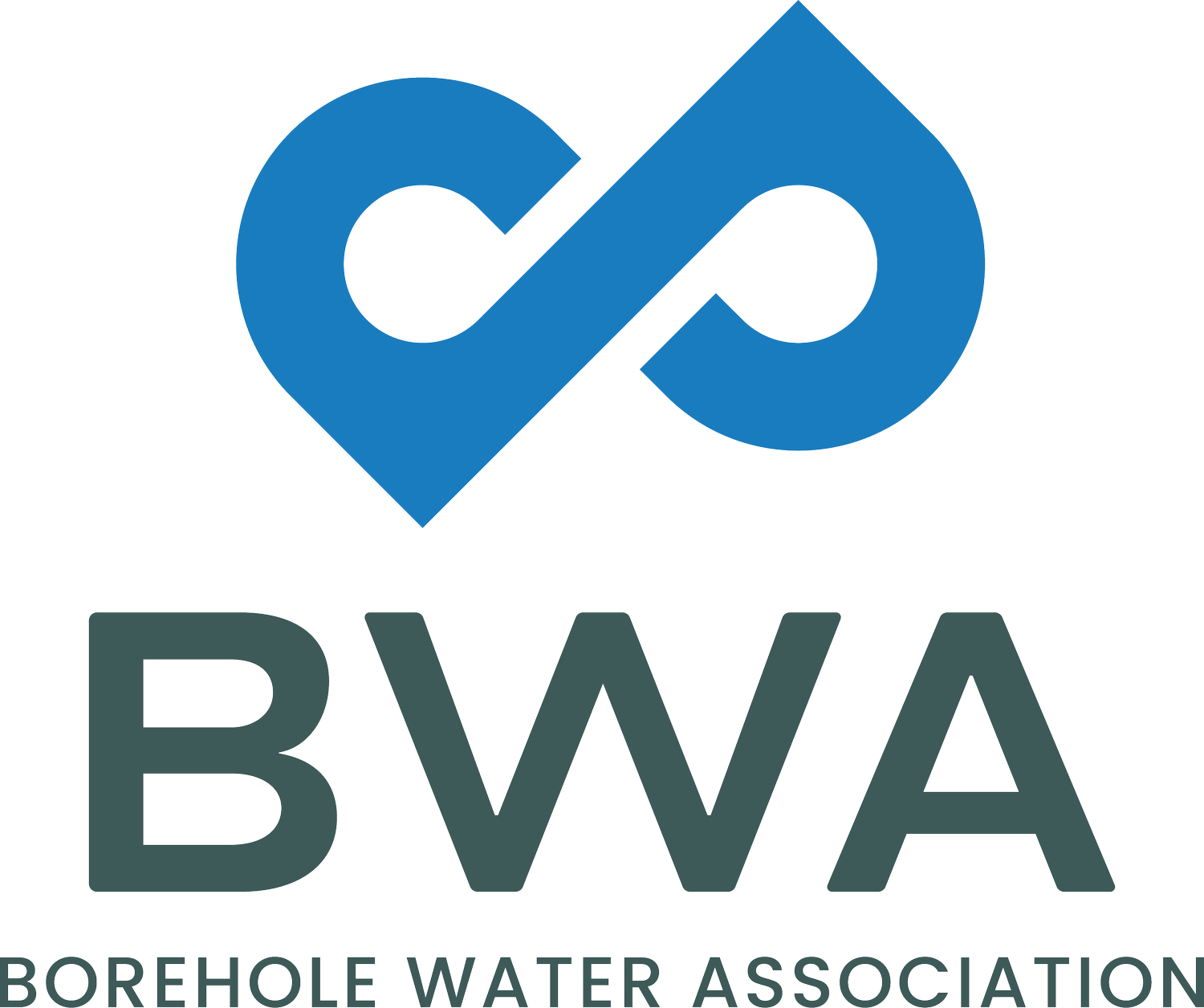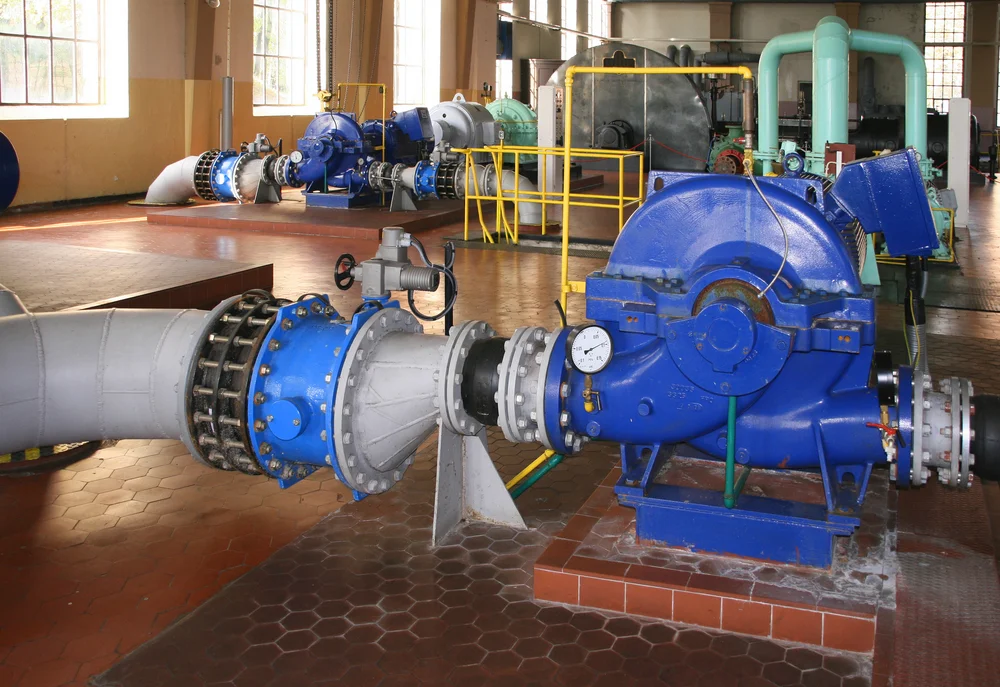Is my borehole running dry?
/by John Tonkin
During the recent drought, a borehole owner expressed concern that her ‘sprinklers were becoming very weak’ and she was worried that her borehole might be running dry.
So we thought we'd explain the situation in this article, so that end users of borehole water would get a better idea of how the water in their boreholes was recharged. Drillers and pump installers may also find this article useful to pass on to their clients to help them get an idea of what they can reasonably expect from their boreholes in the medium to long-term.
Why the decrease in water?
Let’s consider some of the possible reasons for water delivered by a borehole becoming less and less.
It could be that the pump’s inlet has been blocked by a plastic bag, cable ties or other foreign objects in the borehole. There is also the possibility that the pipe in the borehole carrying the water to the surface has developed a leak. However, these reasons are more the exception than the rule during times of drought. The more likely explanation is that due to the very low rainfall, not enough rainwater was added to the aquifer. The term "recharge" is used to describe water on the surface of the ground percolating downwards into an aquifer.
Groundwater can be compared to water in a sponge. It exists through rainfall that happened recently or many thousands of years ago and is stored in various types of formations. The type of formation determines how quickly water moves through it. Water moves very slowly through clay or fractured granite but a lot faster through loose sand. This affects the rate of recharge of an aquifer. Other factors such as tarred roads, paved areas and large expanses of rooftops reduce the ground surface area. Rainwater ends up in storm water drains and does not reach the aquifers in the area.
Pumping too much water out of your borehole without adequate rainwater to recharge the aquifer will result in your borehole delivering less water. The dynamic becomes quite simple: no rain plus high abstraction rates equals a diminishing (or vanishing) resource. In the case of the borehole owner with the ‘weak sprinklers’, a few weeks after the rains returned, the sprinklers miraculously returned to their expected performance. Personal experience with numerous commercial installations have shown how quickly water levels in boreholes can recover after a few good downpours. But is this always the case?
What happens if a borehole is being over pumped?
The graph below shows data that was collected from a borehole over a period of 30 months.
The top graph shows how much water was taken out of the borehole. An installed totalising water meter will give you this reading. The red trend line shows that the rate of abstraction increased slightly over the 30 months that the hole was monitored.
The bottom graph shows that the rainfall was erratic but the trend was constant.
The middle graph however shows that, even though rain had fallen in the area, the water level in the borehole dropped from about 25m below ground to 46m. That’s a drop of 21m in the water content in the aquifer. The good rainfall in December Year 2 did not have a significant influence on the overall situation. The owner of this borehole was clearly taking out more than what was being put back. This situation is not sustainable.
By gathering this type of information, the borehole owner can take remedial action to prevent the borehole from drying up completely. Reduce the pumping rate is the most obvious first step, but expert advice should be sought to manage groundwater effectively in these situations.
How do I know how much water can be safely pumped out of my borehole?
Each borehole will have its own characteristics. Boreholes that are only metres apart can have completely different water levels and delivery capabilities. But, if you and your neighbour are pumping from the same aquifer, over pumping your hole could cause their hole to dry up.
The best way to find out what your borehole can deliver is to have a recognised yield test done by a professional. This is usually carried out when the borehole is drilled, especially if the borehole water is being used in a mine dewatering project, a large-scale farming irrigation scheme, or to supply drinking water to a town for example.
If you'd like to learn more, then you can get more information about aquifers and groundwater here.






